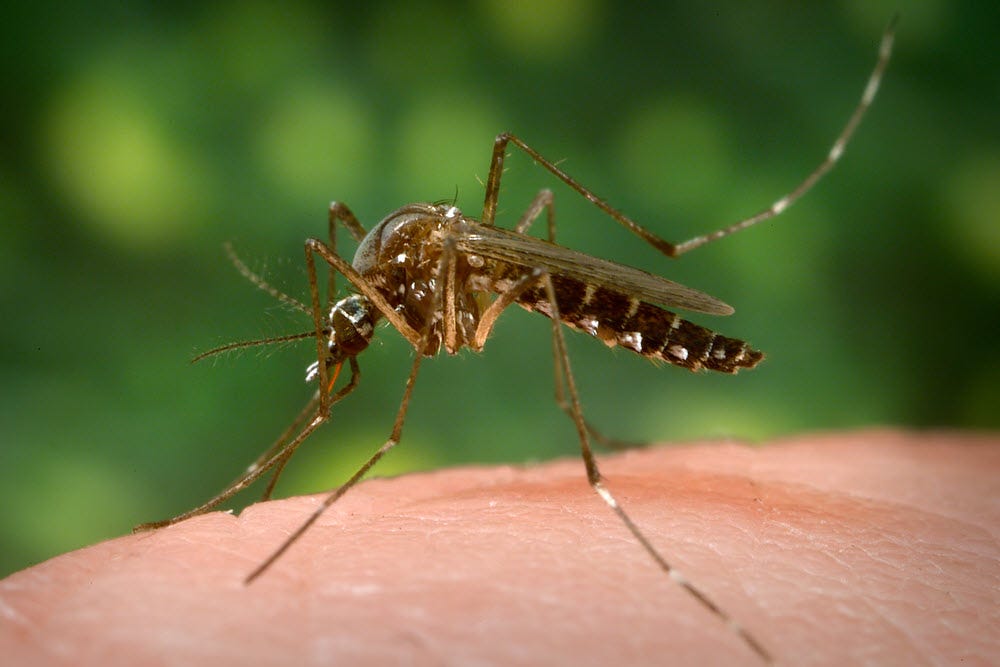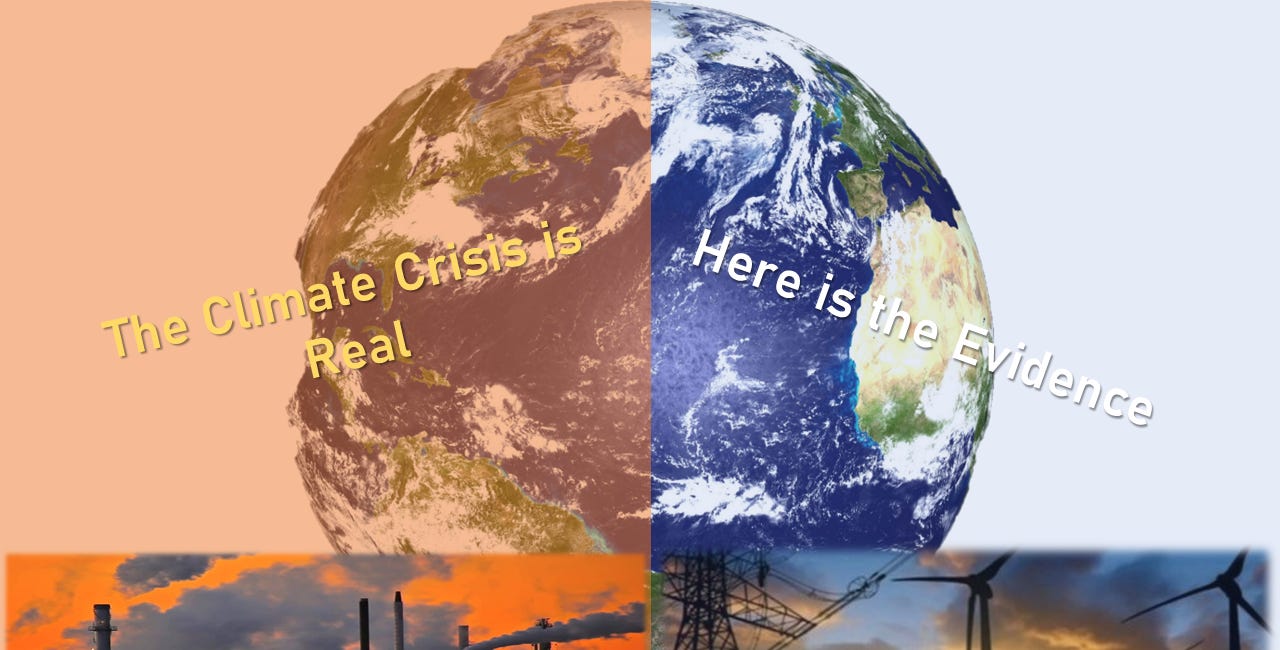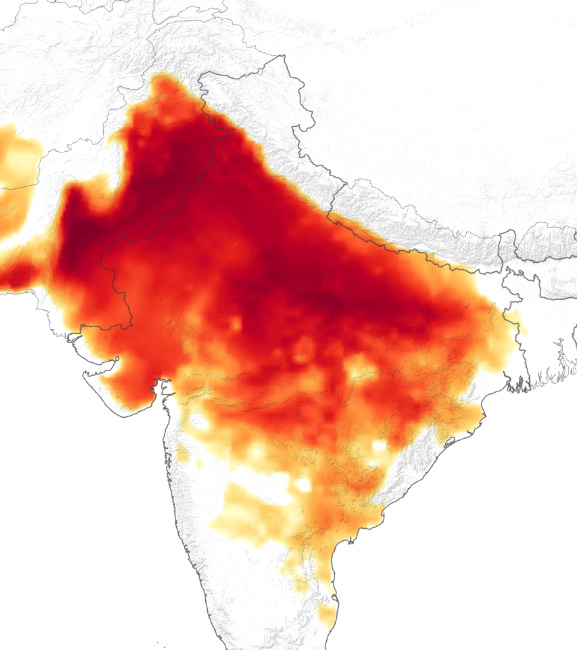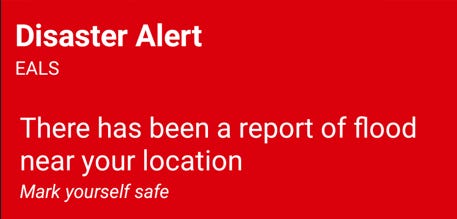Visit the Evidence Files Facebook and YouTube pages; Like, Follow, Subscribe or Share!
There is no question that climbing global temperatures are melting the ice caps at both poles. While this has rightfully sparked concerns about a rise in sea level and the potentially devastating effect this will have on shoreline communities, scientists have uncovered another issue emerging from accelerating ice melt. Long dormant viruses are being exposed as permafrost—land that has remained frozen for hundreds or even thousands of millennia—begins to thaw under the pressure of rapidly warming temperatures. And these “zombie viruses,” as some call them, are reawakening. Given the utter inadequacy of the response to the recent COVID pandemic, littered as it was with conspiracy theories and political caterwauling driven by a tiny minority, the emergence of new viruses to which humans may have no history of exposure or immunity signifies a terrifying omen.
Returning liquid water to a previously frozen landscape instigates the reactivation of numerous microorganisms, including many bacteria related to common current-day bacterial pathogens. Most of these pose relatively little threat in the face of modern antibiotics. Some, however, may possess genetic predisposition against some antibiotics, as several studies have shown. New viruses (to humans) present a much greater risk, though. As the COVID pandemic proved, viruses with a close relation to already-known pathogens still require extensive study, and development of anti-agents takes time. For viruses not encountered in modern history, or by humans at all, the associated calamities could be more severe and longer lasting. As of November 2022, only two prehistoric viruses had ever been reawakened in a controlled environment. Those viruses infected simple-celled organisms only, making them inherently safe to study.
Unfortunately, some of the more mysterious viruses that might emerge from the melting permafrost will almost certainly be dangerous to humans. This means that to combat them should they proliferate among the public, scientists need to closely analyze them. There are numerous means to do so. Significant archaeological finds have revealed remnants of human-infecting viruses present in peoples from long ago, the study of which has been bolstered by computer modelling and genetic sequencing. Many argue, though, that laboratory analysis of live viruses provides the most direct method for planning for infectious outbreaks. While there is some controversy as to how far scientists should go in conducting this research (most prominently displayed recently in the “gain of function” debates), since 2007, there has been no evidence supporting any major viral outbreak occurring from laboratory accidents related to the study of viruses. And before any readers get riled up about virology labs in Wuhan, China, the world’s leading experts on the subject largely believe the evidence is “very convincing” that COVID had a zoonotic origin (meaning animal-to-human infection). Studying ancient viruses may comprise the easier part anyway, because right now very little work has been done to determine what actually resides in the permafrost. As Birgitta Evengård, a microbiologist at Umeå University in Sweden told NPR, “We really don’t know what’s buried up there. This is Pandora's box.”
After conducting two studies over five years, Jean-Michel Claverie, a genomicist at Aix-Marseille University in France, and team uncovered several novel virus families or individuals: 4 new members of the Pandoraviridae, one member of the Mimiviridae, and one pacmanvirus. Notably, their method for locating the viruses relied on identifying “sick” amoeba to point them toward virus-replicating cultures, which severely limited the diversity of viruses they could detect. There were many factors in making this choice, but perhaps chief among them is what the scientists called “biological security.” They wrote,
When we use Acanthamoeba spp. cultures to investigate the presence of infectious unknown viruses in prehistorical permafrost (in particular from paleontological sites, such as RHS []), we are using its billion years of evolutionary distance with human and other mammals as the best possible protection against an accidental infection of laboratory workers or the spread of a dreadful virus once infecting Pleistocene mammals to their contemporary relatives.
Reawakening ancient pathogens does not necessarily require a lab. Birgitta Evengård’s comment on “Pandora’s Box” was in relation to a self-reawakened anthrax bacteria that killed one child and hospitalized dozens of people in Siberia. Scientists traced the outbreak to a 75-year-old reindeer carcass that had suddenly thawed under higher-than-usual temperatures. Most dead bodies sit close to the surface in that region because for millions of years the land remained frozen, so few things have been buried more than a few inches. This means that people and animals have a high potential of exposure to any micro-organisms residing in such remains, especially as temperatures swiftly rise. While the populations of Arctic regions are not expected to grow much between now and 2050, the interconnection of current populations with the rest of the world creates a significant transmission vector should one of these ancient pathogens infect someone. Thus, collecting and studying whatever might be buried in the permafrost is becoming ever more important.
Soaring temperatures may create the possibility of other pandemics involving contemporary pathogens. Mosquitos—perhaps the deadliest creature to humans ever to live on Earth—thrive in warm, wet climates. Carriers of Malaria, a rise in the mosquito population will lead to a growth in the number of incidents of the disease. Currently, the world averages 240 million cases per year, with 95% of them occurring in Africa. As the world steadily warms, scientists are finding Malaria infections in places where they are usually rare, or never occur at all. In 2021, the disease killed around 619,000 people according to the World Health Organization (WHO).
Center for Disease Control (CDC)
In addition to Malaria, mosquitos spread Dengue and West Nile Virus. Neither of these diseases have treatments or cures. The United States saw a 25% increase in West Nile diagnoses in 2018 compared to the average of the previous 10 years. Dengue cases have climbed 30x over the last thirty years. Aedes aegypti mosquitos, another type that tends to feed on humans and spread disease, carry Yellow Fever and Zika, which until now did not infect many people per year outside of tropical climates. As colder regions heat up, however, these mosquitos are moving toward much more populated areas. Like other mosquito-borne illnesses, there is no medication or cure for Yellow Fever, which at its worst can cause severe liver disease. Zika generally affects people more mildly, usually causing pain, headaches, or rashes over a few days to a week. But, it is especially dangerous to pregnant people as it can cause brain defects in the fetus.
Changing environmental conditions seem almost certain to increase the chances of another pandemic occurring. Warmer, wetter climates provide ideal settings for many viruses to prosper and proliferate, particularly those transmitted by insects who likewise enjoy these types of environments. Mammals and other creatures will relocate as their present ranges become inhospitable, either by climate change or habitat destruction. This may increase the chance of zoonotic transfer, which already comprises 3 out of every 4 new or emerging diseases. According to the Cleveland Clinic, “Disease-causing organisms are emerging faster than ever before and the interval between outbreaks is getting shorter.” As these illnesses have no known cures, or even treatments in many cases, they could cause a widespread pandemic.
While all of this is depressing news, the most frightening of all is the potential of a virus heretofore unknown to humans rising from the permafrost, newly awakened and invigorated, to wreak havoc upon mankind. It is too late to stop the ice melt already occurring, but this represents yet another reason to take action on climate change moving forward.
***
I am a Certified Forensic Computer Examiner, Certified Crime Analyst, Certified Fraud Examiner, and Certified Financial Crimes Investigator with a Juris Doctor and a Master’s degree in history. I spent 10 years working in the New York State Division of Criminal Justice as Senior Analyst and Investigator. Today, I teach Cybersecurity, Ethical Hacking, and Digital Forensics at Softwarica College of IT and E-Commerce in Nepal. In addition, I offer training on Financial Crime Prevention and Investigation. I am also Vice President of Digi Technology in Nepal, for which I have also created its sister company in the USA, Digi Technology America, LLC. We provide technology solutions for businesses or individuals, including cybersecurity, all across the globe. I was a firefighter before I joined law enforcement and now I currently run a non-profit that uses mobile applications and other technologies to create Early Alert Systems for natural disasters for people living in remote or poor areas.
Find more about me on Instagram, Facebook, LinkedIn, or Mastodon. Or visit my EALS Global Foundation’s webpage page here.
Visit the new Evidence Files Facebook and YouTube pages; Like, Follow, Subscribe or Share!
For more stories about environmental issues, see below. Thanks for reading!







